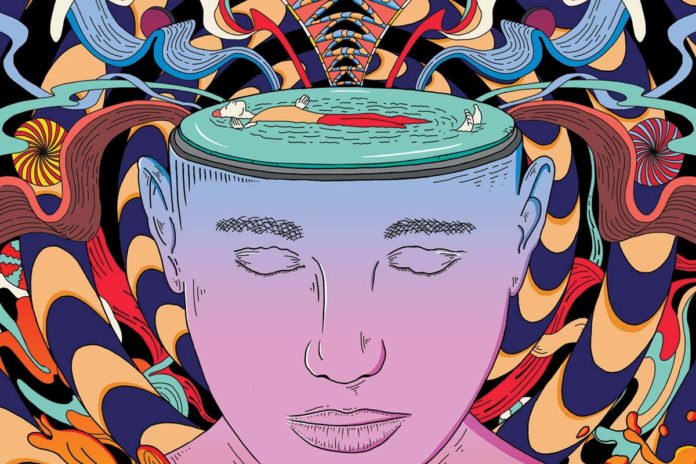Way back in the 1960s, the recommendation that psychedellic medications may have a positive effect to make our psychological well-being must sound preposterous. Alongside stimulants like psilocybin and mescaline (aka magic mushrooms), LSD was regularly accused for awful excursions that sent individuals to the psych ward and that these medications could make you insane.

50 years after, scientists working at prestigious universities like Johns Hopkins, UCLA, New York University, and Imperial College in London are finding that, when directed in a moderate helpful setting, psychedellics can really make you rational? Or on the other hand, they may have significant things to show us how the mind functions, and why it now and again neglects to work?
Late preliminaries of psilocybin, a closely pharmacological relative to LSD, have exhibited that a solitary guided psychedellic session can improve a depressed state when medications like Prozac have fizzled; can support heavy drinkers and smokers to break unbreakable habits; and can help some cancer patients manage their “existential trouble” at the possibility of untimely death. In the meantime, research about imaging the ‘brains’ of individuals on these drugs have opened another window onto further study of awareness, just as the idea of oneself and otherworldly experience.

The estimation of psychedellic treatment was first perceived almost 70 years prior, possibly to be overlooked when what had been an encouraging period of research ran quick into a national sentimental frenzy about LSD, starting during the mid 1960s. With a ground-breaking help from Timothy Leary, the energetic Harvard Psychology Professor, psychellic drugs had gotten away from the research facility, falling into the excited arms of the counterculture. However in the decade prior to that there had been about 1,000 published investigations of LSD, including 40,000 test subjects, and no less than six global gatherings gave to what many in the psyche network viewed as a miracle drug.



![Festival No.23 [Feb] (Victoria, Australia)](https://dooftribe.com/wp-content/uploads/2020/01/B3C34C6C-3294-4901-BBCD-46E491A76E2D-218x150.jpeg)


![Return to the Source [Nov] (Victoria, Australia)](https://dooftribe.com/wp-content/uploads/2019/11/AC-AU001_1-218x150.jpg)
![Elysium Gathering [Nov] (Victoria/NSW border, Australia)](https://dooftribe.com/wp-content/uploads/2019/10/https-cdn.evbuc_.com-images-66275273-317578245557-1-original.20190723-142827-218x150.jpg)
![Elements Festival [Oct] (Qld, Australia)](https://dooftribe.com/wp-content/uploads/2019/09/65188670_2016062715164806_5701817678147092480_o-218x150.jpg)
![Orin Aya [Aug] (Qld, Australia)](https://dooftribe.com/wp-content/uploads/2019/06/60865918_1363479733802705_4784881983387860992_n-218x150.jpg)




![Skogen Kallar vs Club Minimal Open Air [Jun] (Stockholm, Sweden)](https://dooftribe.com/wp-content/uploads/2019/04/65610413_2447147325347184_659890577927569408_o-218x150.jpg)

![Spirit Base Festival [Jun] (Výrovice, Czech Republic)](https://dooftribe.com/wp-content/uploads/2019/04/46879931_10156658339969799_5870802109846257664_o-218x150.jpg)
![Waldfrieden Wonderland Festival [Aug] (Stemwede – Wehdem, Germany)](https://dooftribe.com/wp-content/uploads/2019/03/48381392_2285604944792678_1538534646378135552_o-218x150.jpg)


![Native Noise Festival [Aug] (New York, USA)](https://dooftribe.com/wp-content/uploads/2019/02/flyer-native-noise-festival-218x150.jpg)
![Reign Bough Fiddle – Music & Arts Festival [Jun] (Alberta, Canada)](https://dooftribe.com/wp-content/uploads/2019/02/22499061_541040286244181_3241551459001404621_o-218x150.jpg)













![Dance floor and campsite arrests rampant at Rainbow Serpent [Photos]](https://dooftribe.com/wp-content/uploads/2019/01/handcuffs-100x70.png)




